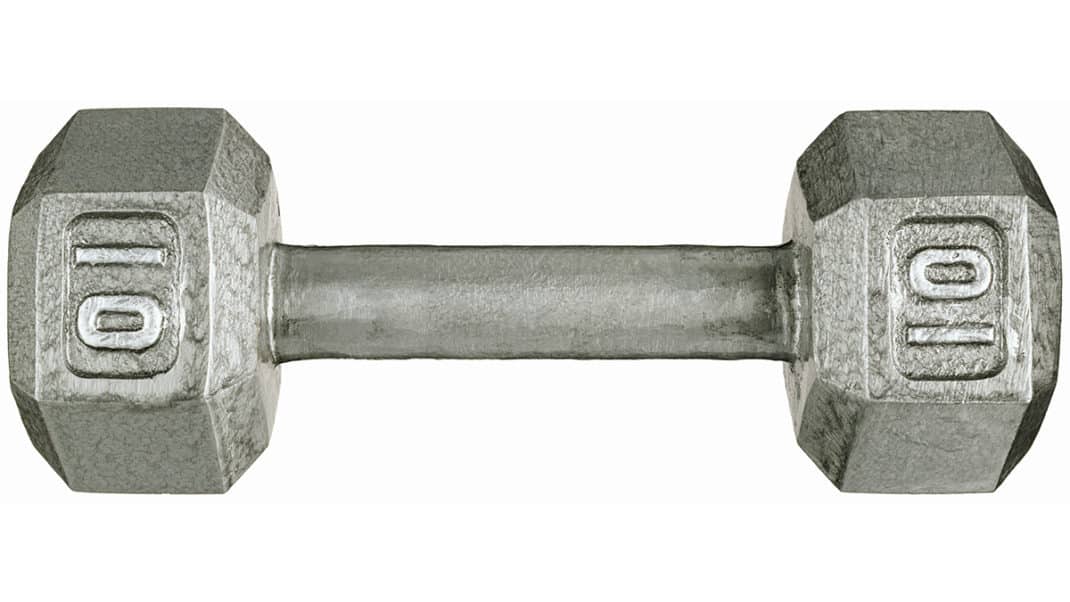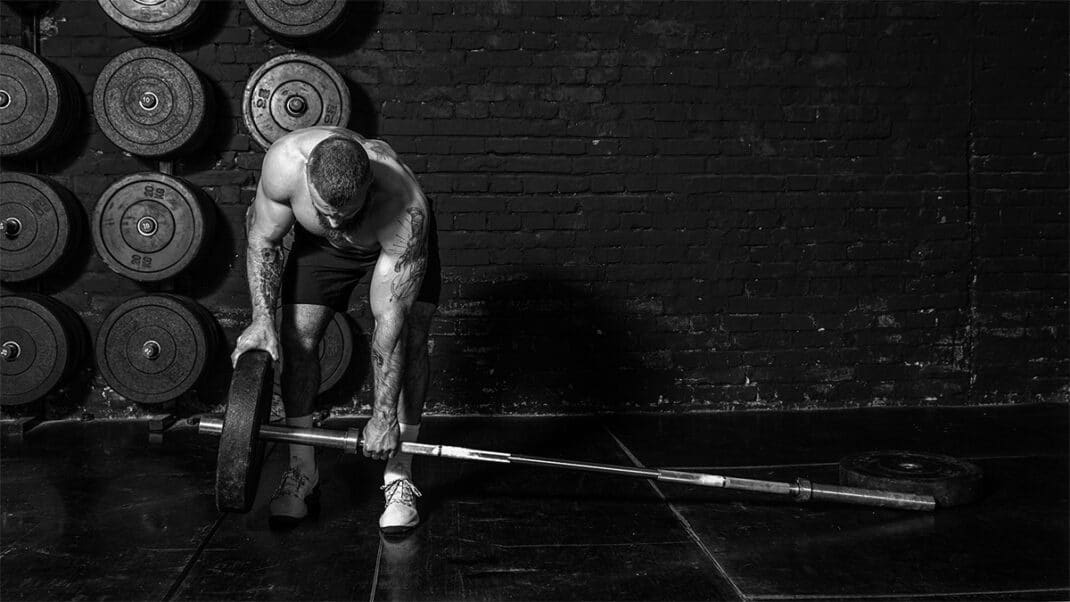Is Rating of Perceived Exertion Effective for Program Design?
Study shows value of using the rating in resistance training.

Are you using the rating of perceived exertion (RPE) during strength training sessions with clients? If not, you may want to try it. University of São Paulo, Brazil, researchers studied the effects of using RPE as a tool for guiding individualized resistance training progression. Twenty college-aged, healthy, trained male students participated in a 6-week program based on either rating of perceived exertion or a pre-determined progression model.
Data analysis showed two interesting outcomes. Participants in the RPE-based model chose fewer high-intensity sessions compared with those using the conventional model. Members of both groups, however, experienced significant and similar gains in muscle strength and mass. Study authors encourage use of RPE as a tool to control workload progression throughout a training period and to optimize individualized training.
The research is published in The Journal of Strength and Conditioning Research (2022; 36 [4], 971–76).
See also: Immersive Fitness Impacts RPE
Shirley Eichenberger-Archer, JD, MA
Shirley Archer, JD, MA, is an internationally acknowledged integrative health and mindfulness specialist, best-selling author of 16 fitness and wellness books translated into multiple languages and sold worldwide, award-winning health journalist, contributing editor to Fitness Journal, media spokesperson, and IDEA's 2008 Fitness Instructor of the Year. She's a 25-year industry veteran and former health and fitness educator at the Stanford Prevention Research Center, who has served on multiple industry committees and co-authored trade books and manuals for ACE, ACSM and YMCA of the USA. She has appeared on TV worldwide and was a featured trainer on America's Next Top Model.






